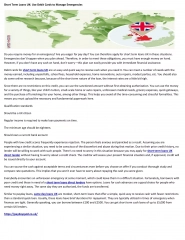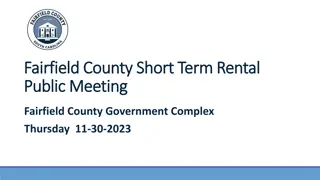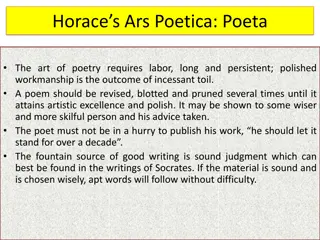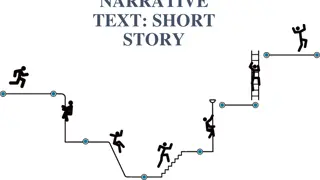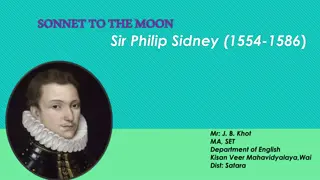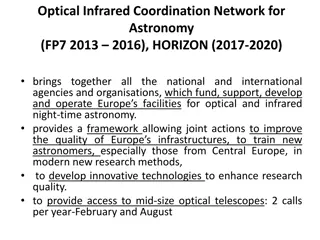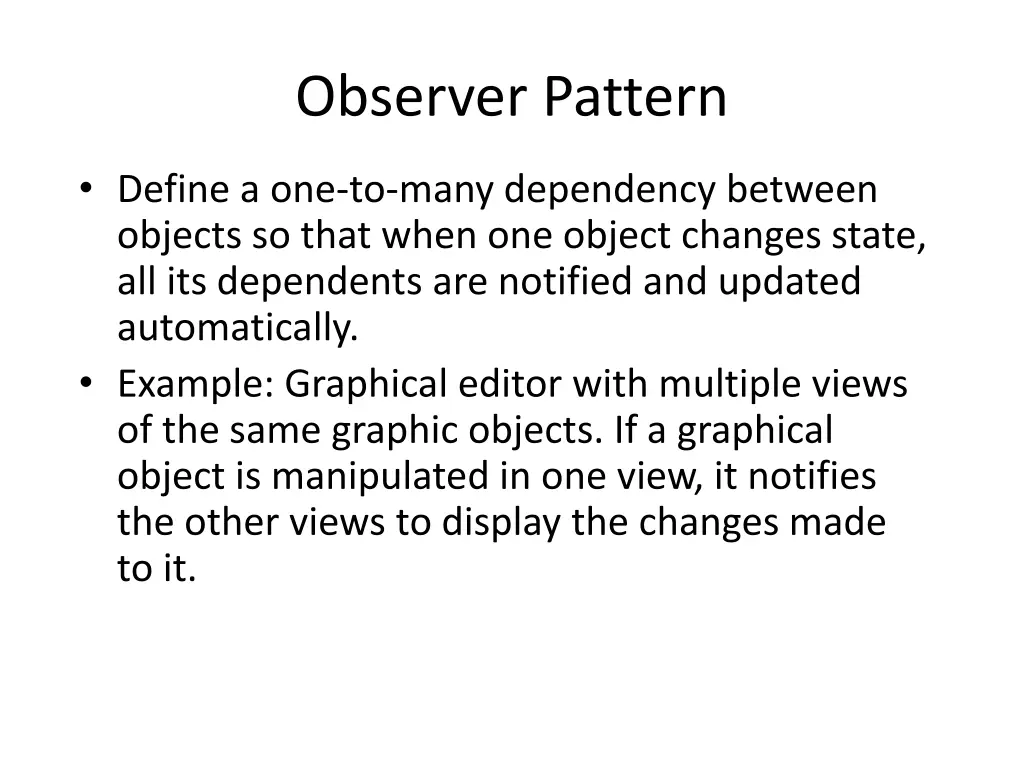
Understanding the Observer Pattern in Object-Oriented Design
Learn about the Observer Pattern, a design pattern that establishes a one-to-many dependency between objects. Explore its applicability, structure, participants, and collaborations, with examples of how it can be implemented in scenarios like graphical editors and system consistency maintenance.
Download Presentation

Please find below an Image/Link to download the presentation.
The content on the website is provided AS IS for your information and personal use only. It may not be sold, licensed, or shared on other websites without obtaining consent from the author. If you encounter any issues during the download, it is possible that the publisher has removed the file from their server.
You are allowed to download the files provided on this website for personal or commercial use, subject to the condition that they are used lawfully. All files are the property of their respective owners.
The content on the website is provided AS IS for your information and personal use only. It may not be sold, licensed, or shared on other websites without obtaining consent from the author.
E N D
Presentation Transcript
Observer Pattern Define a one-to-many dependency between objects so that when one object changes state, all its dependents are notified and updated automatically. Example: Graphical editor with multiple views of the same graphic objects. If a graphical object is manipulated in one view, it notifies the other views to display the changes made to it.
Observer Pattern A common side-effect of partitioning a system into a collection of cooperating classes is the need to maintain consistency between related objects. The key objects in the Observer pattern are Subject and Observer. A subject may have any number of dependent observers. All observers are notified whenever the subject undergoes a change in state. In response, each observer will query the subject to synchronize its state with the subject s state.
Observer Applicability Use the Observer pattern in any of the following situations When an abstraction has two aspects, one dependent on the other. Encapsulating these aspects in separate objects lets you vary and reuse them independtly. When a change to one object requires changing others, and you do not know how many objects need to be changed. When an object should be able to notify other objects without making assumptions about who these objects are.
Observer Structure observers Subject Attach(Observer) Detach(Observer) Notify() Observer Update() Forall o in observers o->Update() ConcreteObserver Update() observer_state subject ConcreteSubject GetState() SetState() subject_state observer_state= subject->GetState()
Observer Participants Subject Knows its observers. Any numberof Observer objects may observe a subject. Provides an interface for attaching and detaching Observer Objects. Observer Defines an updating interface for objects that should be notified of changes in a subject
Observer Participants ConcreteSubject Stores a state of interest to ConcreteObserver objects. Sends a notification to its observers when its state changes. ConcreteObserver Maintains a reference to a ConcreteSubject object Stores state that should stay consistent with the subject state. Implements the Observer updating interface to keep its state consistent with the subject state.
Observer Collaborations ConcreteSubject notifies its observers whenever a change occurs that could make its observer s state inconsistent with its own. After being informed of a change in the ConcreteSubject, a ConcreteObserver object may query the subject for information. ConcreteObserver uses this information to reconcile its state with that of the object.
Observer Sequence Diagram ConcreteSubject Object ConcreteObserver ObjectA ConcreteObserver ObjectB SetState() Notify() Update() GetState() Update() GetState()
Observer Sequence Diagram Note that the Observer object that initiates the change request with SetState() postpones its update until it gets a notification from the subject. In this scenario Notify() is called by the subject, but it can be called by an observer or by another kind of object (see implementation issues)
Observer Consequences The Observer pattern lets you vary subjects and observers independently. You can reuse subjects without reusing observers, and vice versa. It lets you add observers without modifying the subject or other observers.
Observer Consequences Abstract coupling between Subject and Object All a subject knows is that it has a list of observers, each conforming to the simple interface of the abstract Observer class. The subject does not know the concrete class of any observer. Support for broadcast communication Unlike and ordinary request, the notification that a subject sends need not specify its receiver. The notification is broadcast automatically to all interested objects that subscribed to it.
Observer Consequences Unexpected Updates Because observers have no knowledge of each other s presence, they can be blind to the ultimate cost of changing the subject. A seemingly innocuous operation to the subject may cause a cascade of updates to observers and their dependent objects. This problem is aggravated by the fact that the simple update protocol provides no details on what changed in the subject. Without additional protocol observers have to query the entire state of the subject to deduce the changes.
Observer Implementation Mapping subjects to their obervers The simplest way for a subject to keep track of the obervers it should notify is to store references to them explicitly in the subject. An alternative is to use an associative look-up (multimap) to maintain the subject-observer mapping.
Observer Implementation Observing more than one subject It might make sense in some situations for an observer to depend on more than one subject. It is necessary to extend the Update interface in such cases to let the observer know which subject is sending the notification. The subject can simply pass itself as a parameter in the Update operation, thereby letting th observer know which subject to examine.
Observer Implementation Who triggers the update The subject and its observers rely on the notification mechanism to stay consistent. But what object actually calls Notify() to trigger the update? There are two options. Have state-setting operations on the Subject call Notify after they change the subject s state Make clients responsible for calling Notify at the right time.
Observer Implementation Subject calls Notify The advantage of this approach is that clients do not have to remember to call Notify on the subject. The disadvantage is that several consecuitve operations will cause several consecutive updates, which may be inefficient Clients calls Notify The advantage here is that the client can wait to trigger the update until after a series of state changes has been made. The disadvantage is that clients have an added responsibility to trigger the update, causing possible errors.


